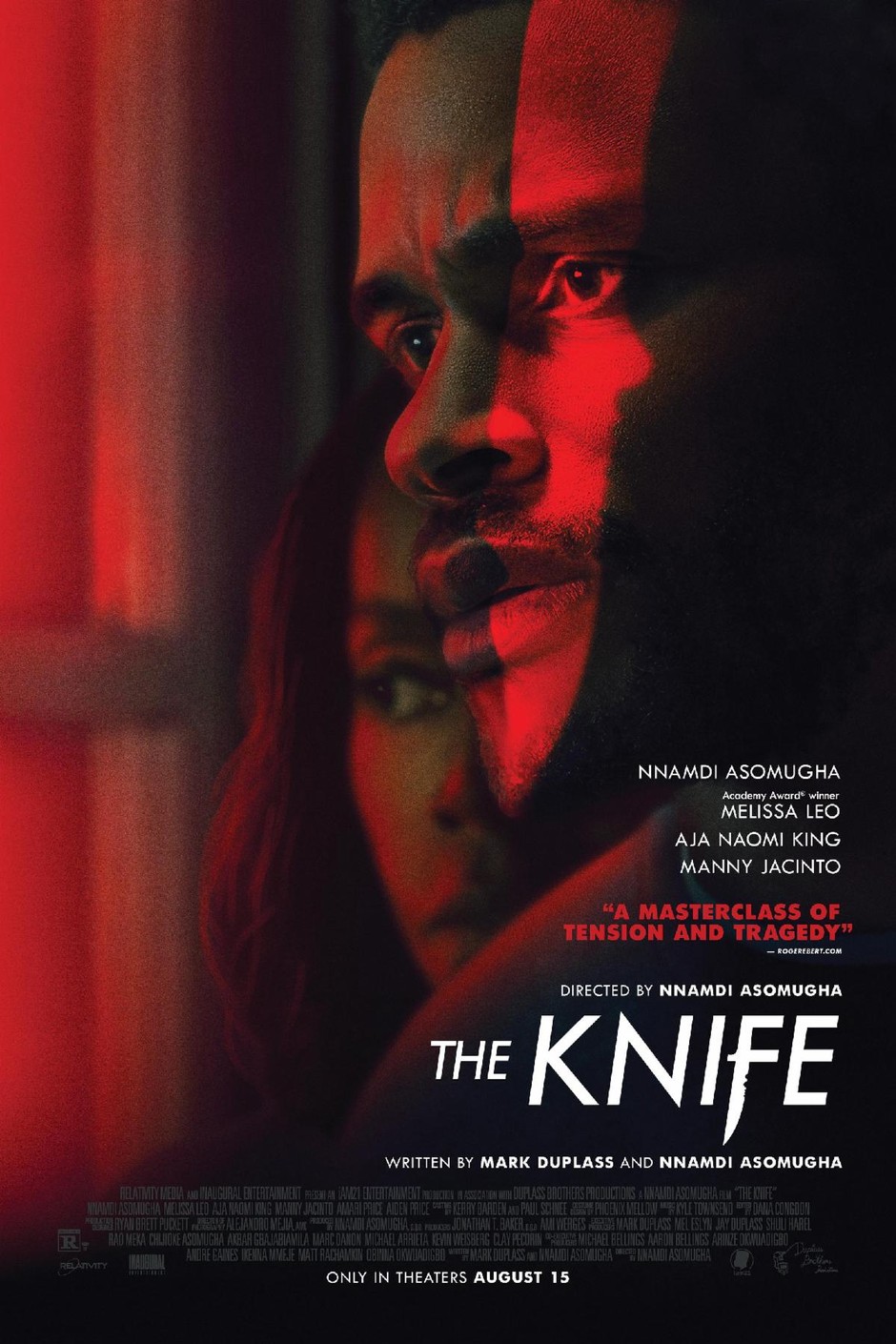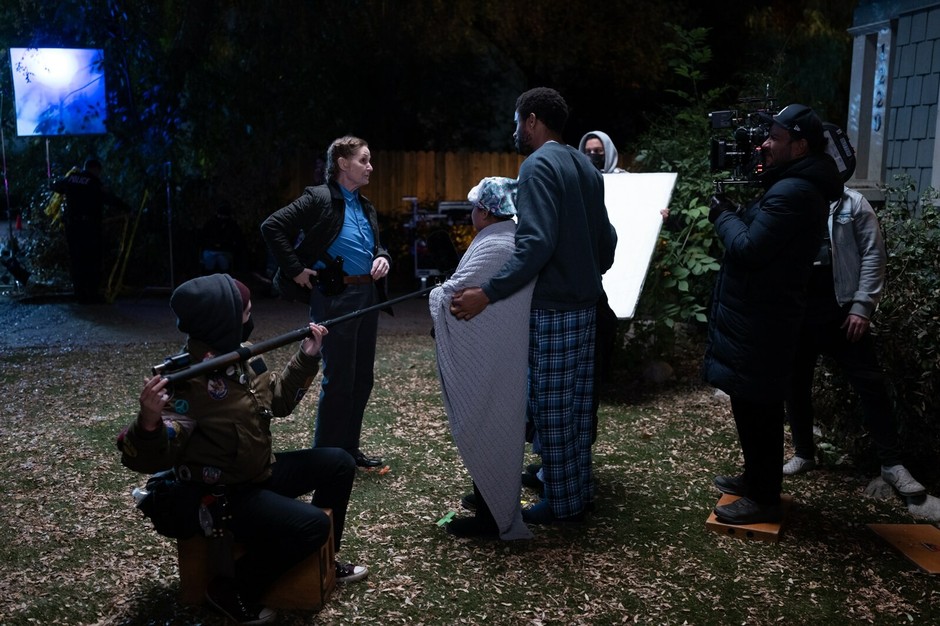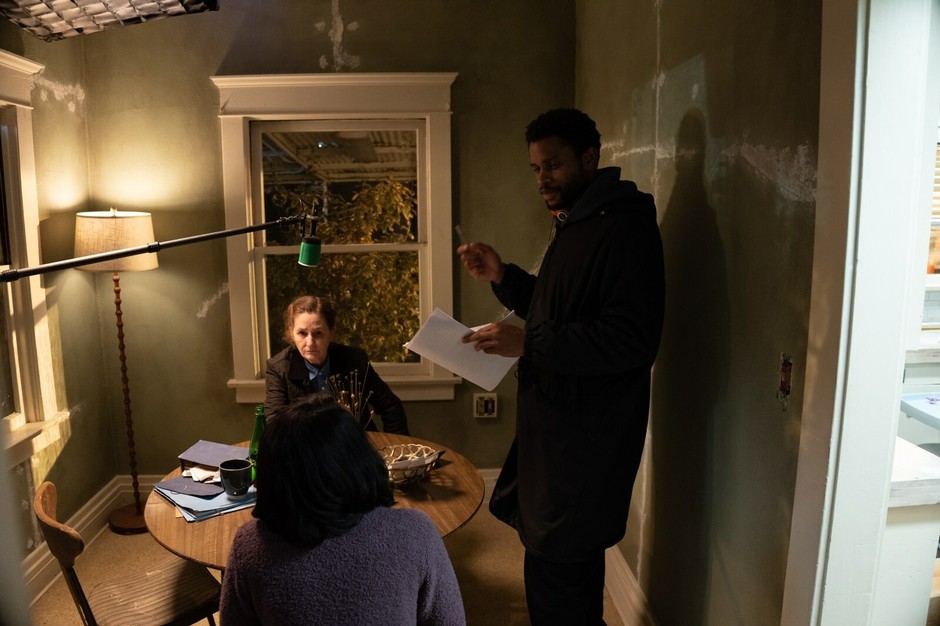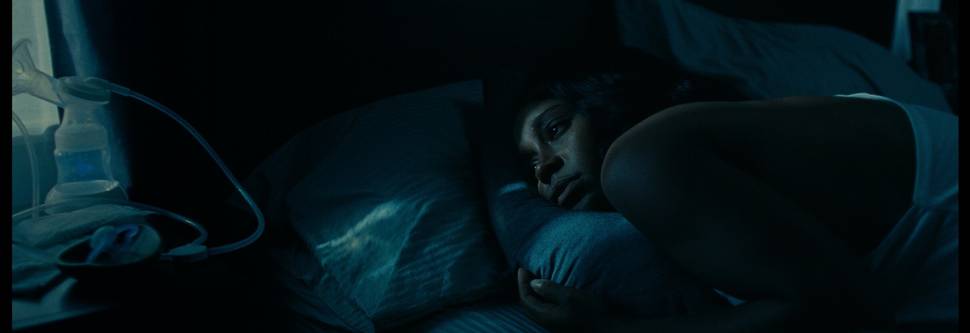
Vantage One T1 lenses and Kodak film add texture to taut thriller
The Knife is a mind-bending thriller shot with VantageOne spherical T1 lenses. Director Nnamdi Asomugha also produced, starred, and co-wrote with indie filmmaker Mark Duplass. En route to its 2025 theatrical release, the feature film garnered awards at a spate of film festivals in the U.S. and Europe.
Director of photography Alejandro Mejia, AMC chose VantageOne lenses for the project after extensive comparison tests.
“It’s almost impossible to believe the visuals the T1s produce, given how small they are, and how close you can get,” says Mejia. “They’re very impressive.”
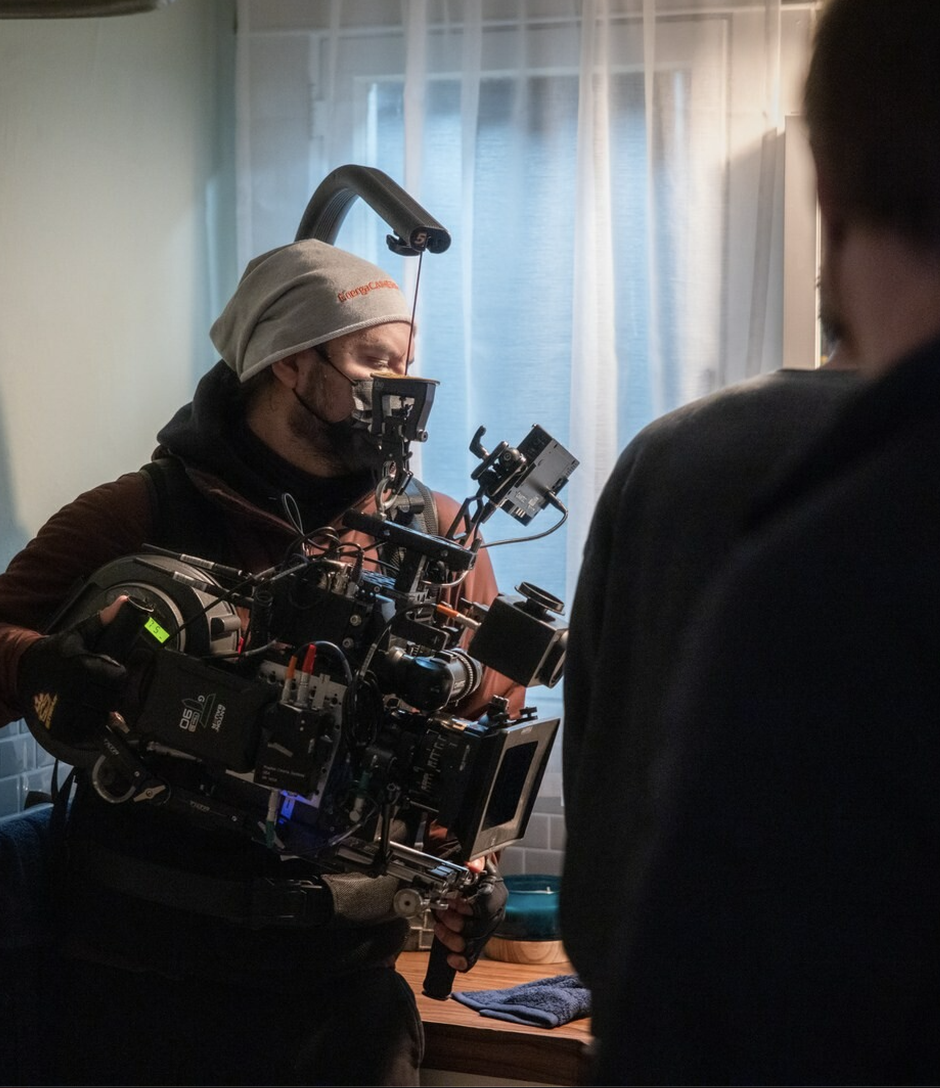
In the film, a family’s routine evening is disrupted by an intruder, and the resulting stress eventually leads to ethical quandaries and escalating anxiety. The entire story takes place in a single location over the course of one night. When Mejia first read the script, he sensed that part of his charge would be maintaining tension throughout.
“At the same time, I saw that there was plenty of room to play in terms of the visuals and the language of the film,” he says. “Nnamdi and I made an instant human connection.”
When it comes to lenses, Mejia lets the project dictate. “I try to never repeat,” he says. “I want to use a different set of lenses on every project. It’s like life – we come here once, and we must try different things in the time we have. The Knife is a realistic, human story and we felt strongly that the texture and organic look of film emulsion in a spherical format would help the audience connect and stay with the characters.”
An extensive set of tests included 20 sets of glass provided by Camtec. “We knew that a big part of the film would be handheld, so I was looking for a lens that was light and small with good close focus,” Mejia says. The tests, and careful considering of the project's requirements, led to Vantage One sphericals - ultra-fast T1 close focus primes from the makers of Hawk lenses.

Asomugha, who stars as well as directing and co-writing, argued passionately for film emulsion, and prevailed. A side-by-side comparison on a large, high resolution screen highlighted the textures of the lenses and the format, and helped convince the producers as well.
Mejia eventually shot 400 rolls of 35 mm emulsion over 26 shoot days, with a single camera. The shoot was planned meticulously, with movement beginning subtly and then becoming more frenzied as the story progresses. Claustrophobic framing adds to the oppressive atmosphere. Lighting was usually brought in from outside, which allowed the filmmakers to work with less restrictions in interiors.
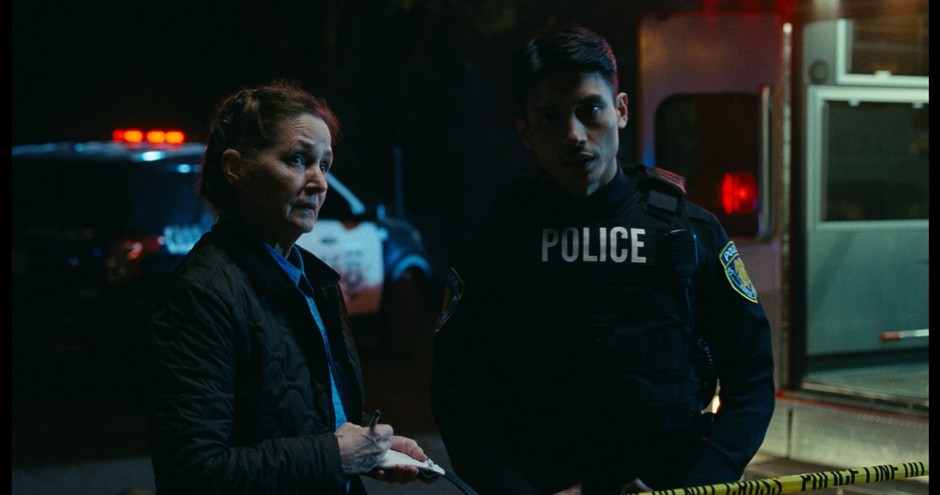
For one edgy moment early on in the film, Mejia’s operating meshed with the movements of the actors in extreme closeup. “There’s an intensity in the family when they find this trouble in the kitchen,” he says. “We set up the choreography of the actors, and I wanted to move freely among them, just responding to their frenetic actions as they react and call the police. It felt really nice to get super close, to the point where you can see them sweating and breathing. On the big screen, it’s a very powerful and very human feeling, as though you are present.
“We know that the technology and the mechanics of the T1 lenses are excellent,” he says. “But it can still be surprising, in a good way, when you see the images projected on a big screen. Also, there are practical advantages. They are all the same size, which saves time. You don’t need to rebalance, or adjust the matte box, for example.”
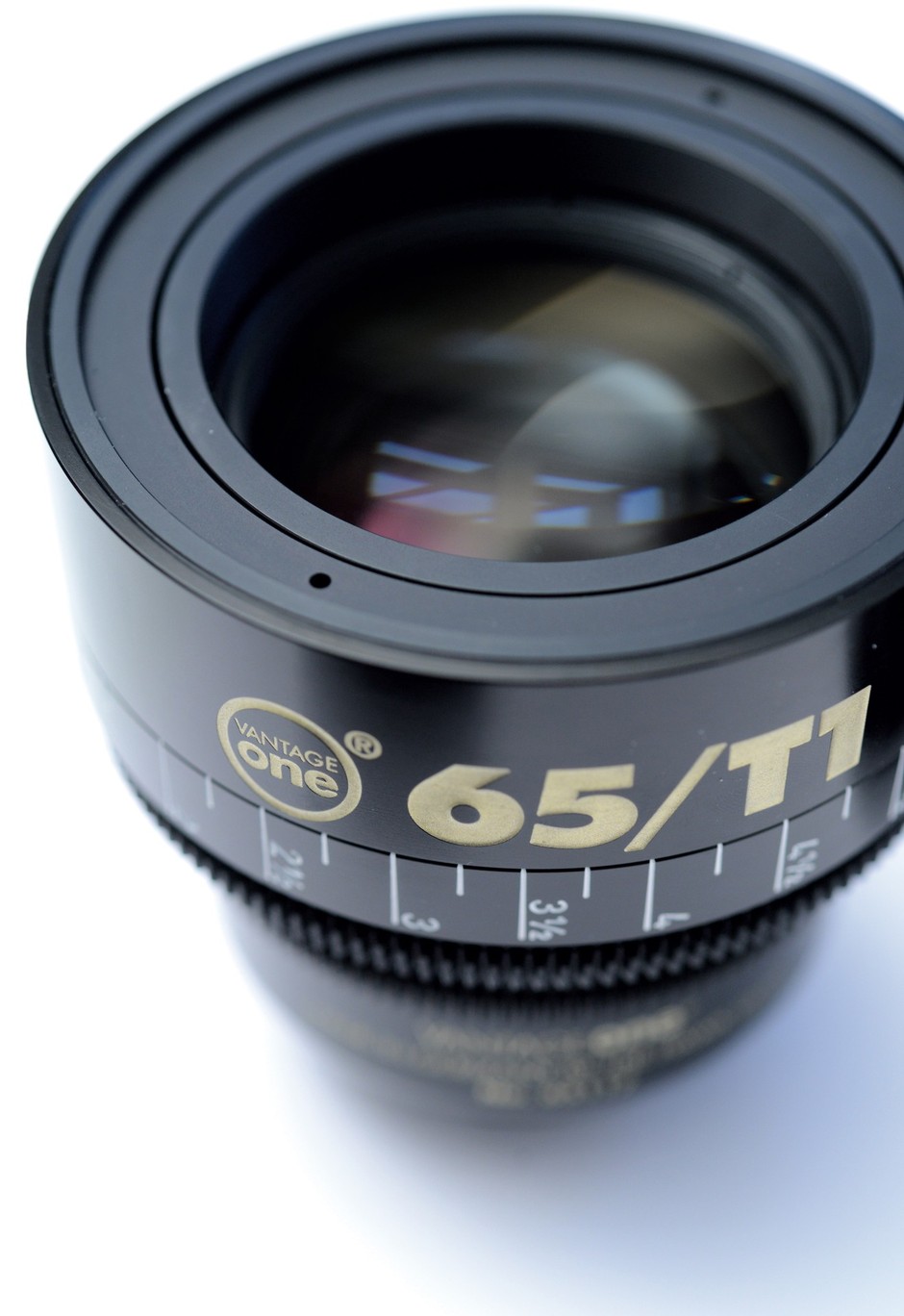
Vantage T1s are designed to render slightly different texture and image traits depending on the stop. “It’s like having several lenses in one,” says Mejia. “For example, for a scene where the detective is interviewing the wife, I went down to 1.4 for super shallow depth of field on shots of mundane details that play under the conversation, like the detective’s recorder or their hands. The lens really helped build a tense feeling. I think that’s one of my favorite scenes.
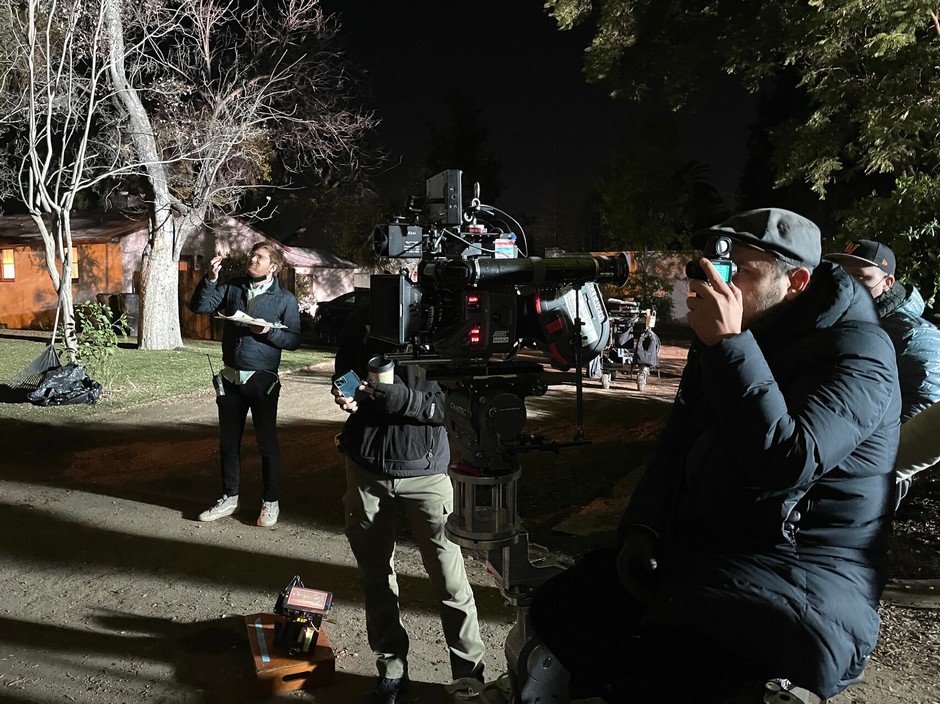
“In fact, I think this was my favorite project to shoot so far in my career,” says Mejia. “It was my first 35 mm feature, and my first union shoot. Coming from a small town in Mexico, it was really a great experience.”
Watch the trailer here.
